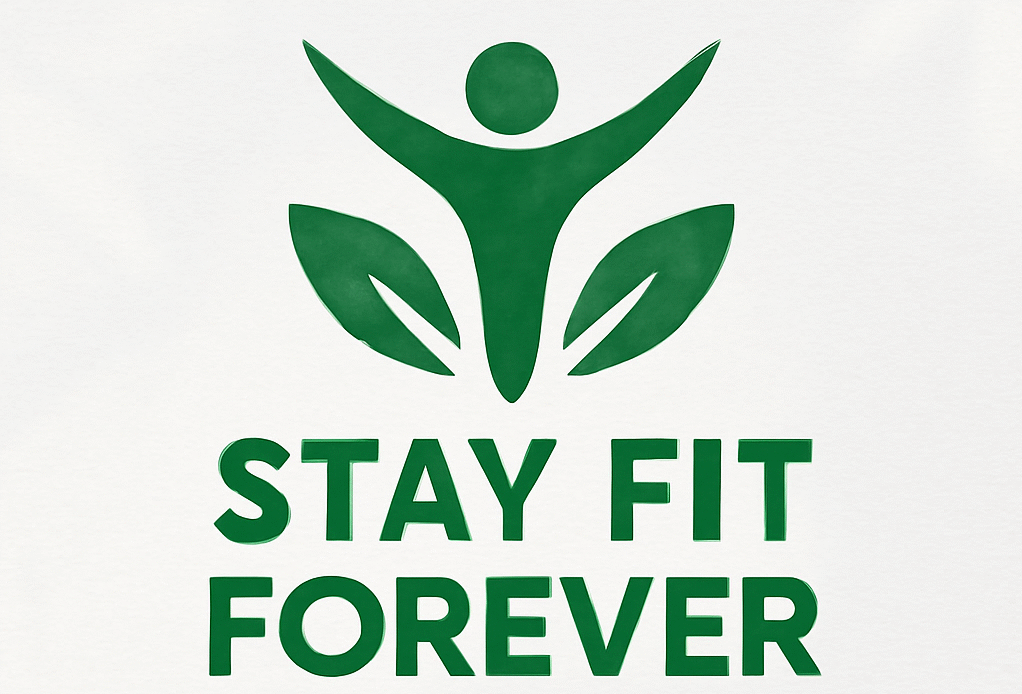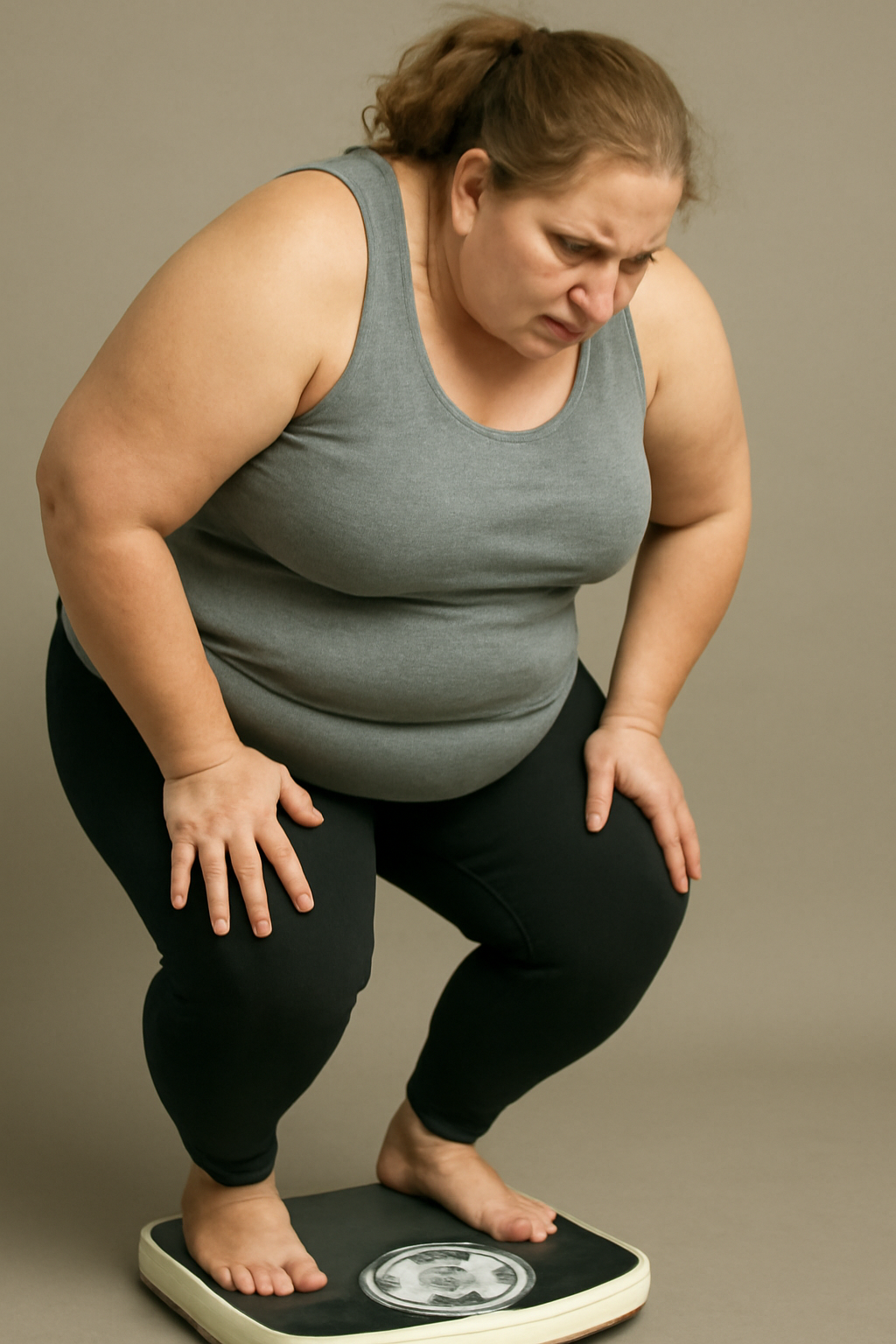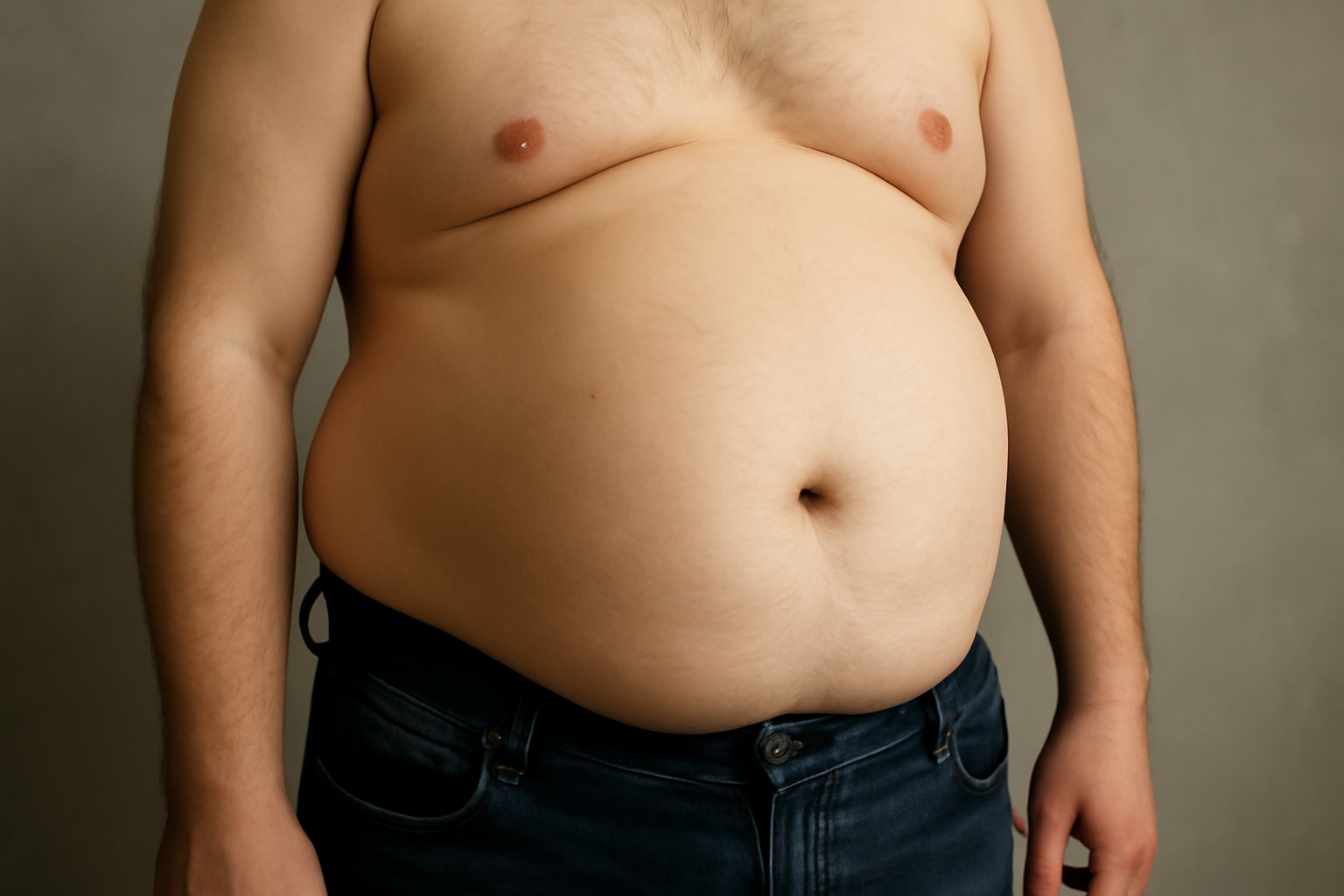Counting calories is one of the most effective and sustainable methods for weight loss. By understanding the relationship between the calories you consume and burn, you can create a caloric deficit, which is essential for losing weight. However, it’s important to approach calorie counting in a way that is both accurate and sustainable. In this guide, we’ll explore how to count calories effectively for weight loss, helping you navigate the process with ease and accuracy.
1. Understanding Calories and Their Role in Weight Loss
A calorie is a unit of energy that our bodies use to perform everyday functions. The number of calories in food and drink is an indication of how much energy they provide to your body. When you consume more calories than you burn, your body stores the excess as fat. Conversely, when you burn more calories than you consume, your body will use stored fat for energy, leading to weight loss.
The process of calorie counting involves tracking the number of calories you eat and comparing that to the number of calories you burn throughout the day. By ensuring that you consume fewer calories than your body needs to maintain its current weight (known as a caloric deficit), you can lose weight over time.
2. Determine Your Caloric Needs
Before you start counting calories, it’s important to determine how many calories you need to consume each day to maintain your current weight, and then how much to reduce for weight loss.
Step 1: Calculate Your Basal Metabolic Rate (BMR)
Your Basal Metabolic Rate (BMR) is the number of calories your body needs to perform essential functions like breathing, digestion, and circulation while at rest. There are several formulas to calculate BMR, but one of the most commonly used is the Mifflin-St Jeor Equation:
- For men:
BMR=10×weight (kg)+6.25×height (cm)−5×age (years)+5 - For women:
BMR=10×weight (kg)+6.25×height (cm)−5×age (years)−161
This gives you an estimate of how many calories you burn at rest.
Step 2: Adjust for Activity Level
Once you have your BMR, you need to adjust it to account for your physical activity. This will give you your Total Daily Energy Expenditure (TDEE), which is the total number of calories you need to maintain your current weight.
Here’s how to adjust your BMR based on your activity level:
- Sedentary (little or no exercise): Multiply BMR by 1.2
- Lightly active (light exercise 1-3 days/week): Multiply BMR by 1.375
- Moderately active (moderate exercise 3-5 days/week): Multiply BMR by 1.55
- Very active (hard exercise 6-7 days/week): Multiply BMR by 1.725
- Super active (very hard exercise, physical job, or training twice a day): Multiply BMR by 1.9
This will give you the total number of calories you need to maintain your current weight. For weight loss, you’ll want to eat fewer calories than your TDEE.
Step 3: Create a Caloric Deficit
To lose weight, you need to create a caloric deficit. A common recommendation is to aim for a deficit of 500 to 1,000 calories per day, which can result in a weight loss of 1 to 2 pounds per week. However, the size of the deficit depends on your personal weight loss goals and timeline.
For example, if your TDEE is 2,500 calories, a caloric intake of 2,000 calories per day would create a 500-calorie deficit, which could lead to gradual weight loss.
3. Track Your Food Intake
Once you know how many calories you need to eat for weight loss, the next step is to track your food intake to ensure you stay within your caloric goal.
Step 1: Use a Calorie Tracking App
There are many apps available that make calorie counting easy by allowing you to log your meals and track the calories in foods. Some popular apps include:
- MyFitnessPal
- Lose It!
- Cronometer
- FatSecret
These apps have extensive food databases, including brand-name foods, restaurant items, and even home-cooked meals, so you can accurately log what you eat. They also track your macronutrient intake (proteins, fats, and carbs), which can help you ensure a balanced diet.
Step 2: Weigh and Measure Your Food
To track calories accurately, you need to measure your food. Using a food scale and measuring cups can help you avoid overestimating or underestimating portion sizes. Here’s how to measure:
- Weighing: Use a kitchen scale to weigh foods like meat, fruit, vegetables, and snacks. Make sure to tare the scale (reset it to zero) before weighing any containers or plates.
- Measuring Cups/Spoons: For liquids or foods like cereal or rice, use measuring cups and spoons. Check the serving sizes on food packaging for accurate measurements.
Step 3: Read Nutrition Labels
Many packaged foods have nutrition labels that list the number of calories per serving. Pay attention to the serving size listed on the label, and ensure you’re consuming the right portion size. If you’re eating multiple servings, make sure to adjust your calorie count accordingly.
4. Be Mindful of Hidden Calories
Some foods and beverages may contain more calories than you realize. Common hidden calories include:
- Beverages: Soda, juices, energy drinks, and alcohol can be high in calories without filling you up. Choose water, herbal teas, or black coffee instead.
- Condiments and Sauces: Dressings, mayonnaise, and sauces like ketchup and mustard can add up quickly. Use them in moderation or choose lower-calorie alternatives.
- Snacking: It’s easy to overeat when snacking throughout the day. Stick to small portions of healthy snacks, like fruits, vegetables, or nuts.
5. Stay Consistent and Adjust as Needed
Consistency is key when it comes to calorie counting. Stick to your daily caloric goal and track your food intake regularly. However, keep in mind that your caloric needs may change as you lose weight or adjust your exercise routine.
Step 1: Adjust Your Intake as You Lose Weight
As you lose weight, your TDEE will decrease since your body requires fewer calories to maintain a lower weight. To continue losing weight, you may need to further reduce your caloric intake or increase your activity level.
Step 2: Monitor Progress
Use a combination of methods to track your progress. Besides the number on the scale, monitor how your clothes fit, how you feel, and any changes in your body measurements. Progress may not always be reflected in the number of calories you consume, as weight loss involves many factors, such as water retention, muscle gain, and hormonal fluctuations.
6. Focus on Nutrient-Dense, Whole Foods
When counting calories, it’s essential to focus on the quality of your food, not just the quantity. Nutrient-dense foods are rich in vitamins, minerals, fiber, and other essential nutrients but low in empty calories (calories with little nutritional value). These foods help you feel full, provide energy, and support your overall health.
Tips for Nutrient-Dense Eating:
- Choose Whole Grains: Opt for whole grains like oats, quinoa, brown rice, and whole wheat bread instead of refined grains. They are higher in fiber and keep you full longer.
- Eat Plenty of Vegetables: Vegetables are naturally low in calories and packed with nutrients. Aim to fill half your plate with non-starchy vegetables like leafy greens, bell peppers, cucumbers, and broccoli.
- Include Lean Proteins: Incorporate lean proteins such as chicken, turkey, tofu, legumes, and fish into your meals. Protein helps build muscle and keeps you feeling full.
- Healthy Fats: Include healthy fats from sources like avocado, olive oil, nuts, and seeds. Fats help you feel satisfied and support overall health, but they are calorie-dense, so be mindful of portion sizes.
7. Avoid Obsessive Calorie Counting
While counting calories can be a powerful tool for weight loss, it’s important to avoid becoming obsessive about it. Overly restricting calories or constantly obsessing over every bite can lead to stress and unhealthy eating habits. Aim for a balanced approach that includes both healthy eating and mindful eating, allowing for flexibility and enjoyment.
Counting calories for weight loss is a practical, evidence-based approach that can help you reach your weight loss goals. By calculating your caloric needs, tracking your food intake, staying consistent, and focusing on nutrient-dense foods, you can create a sustainable plan for long-term weight loss. Remember that weight loss is a gradual process, and patience is key. By making small, consistent changes to your eating and activity habits, you can achieve and maintain a healthy weight over time.




